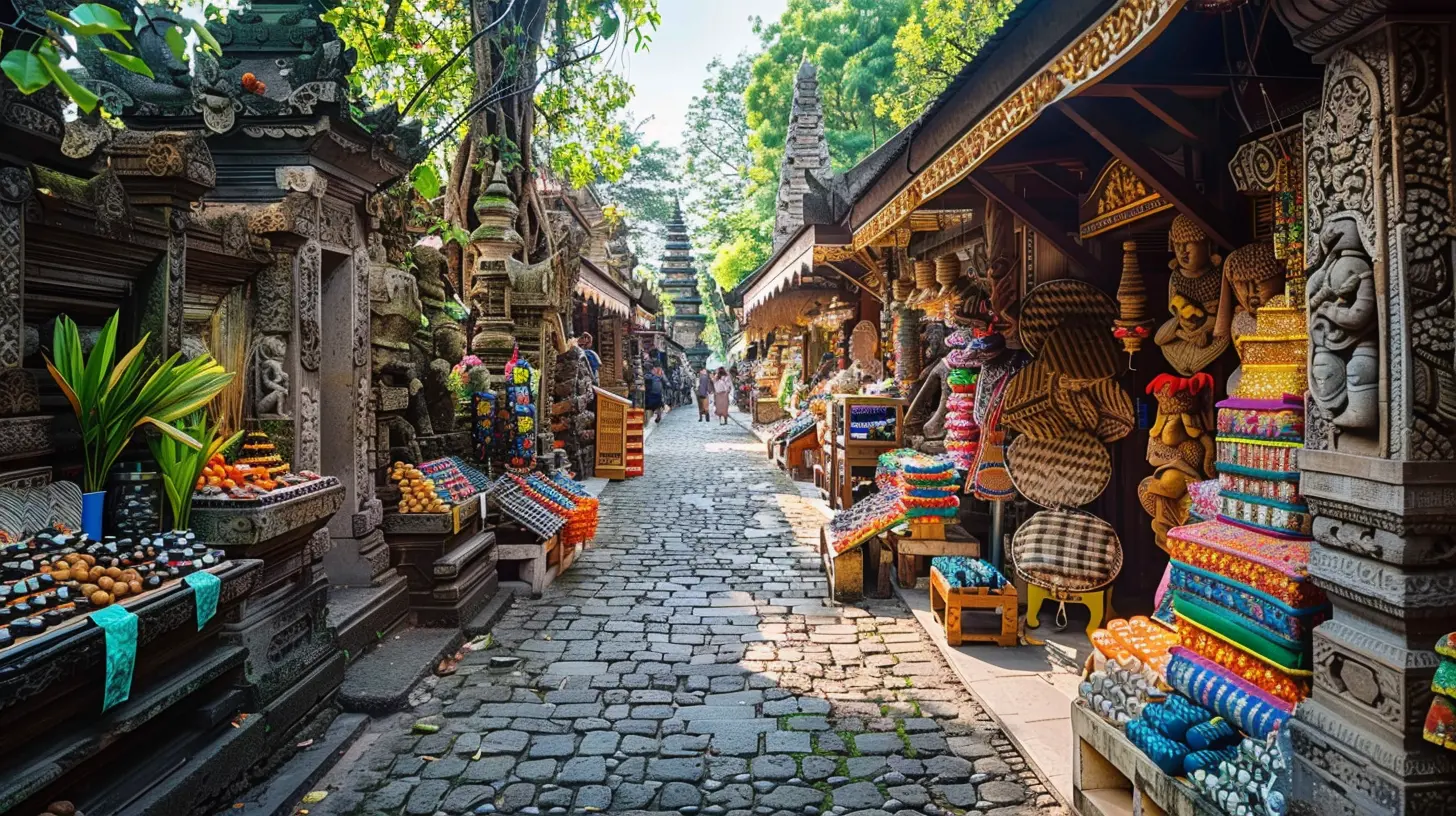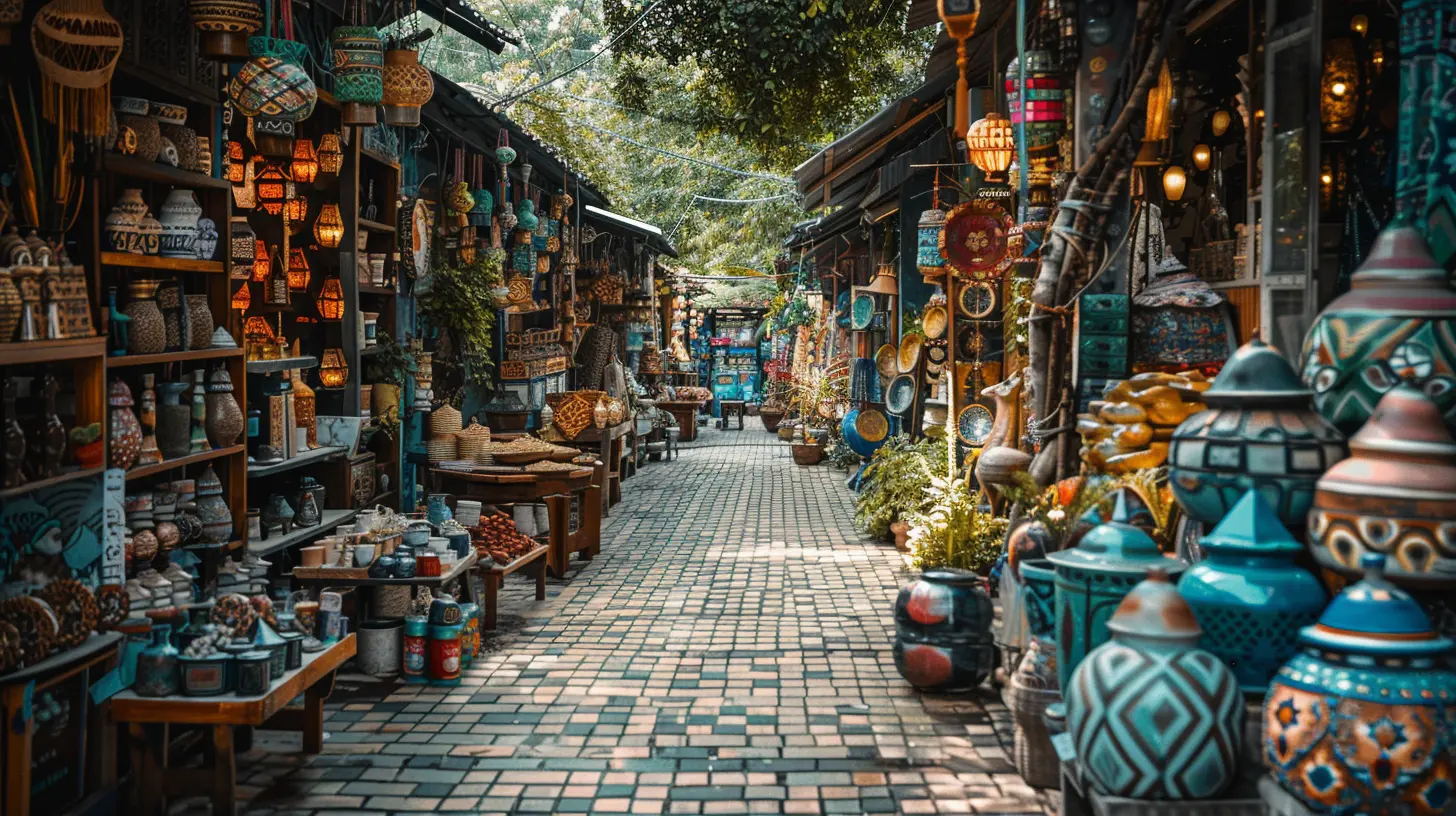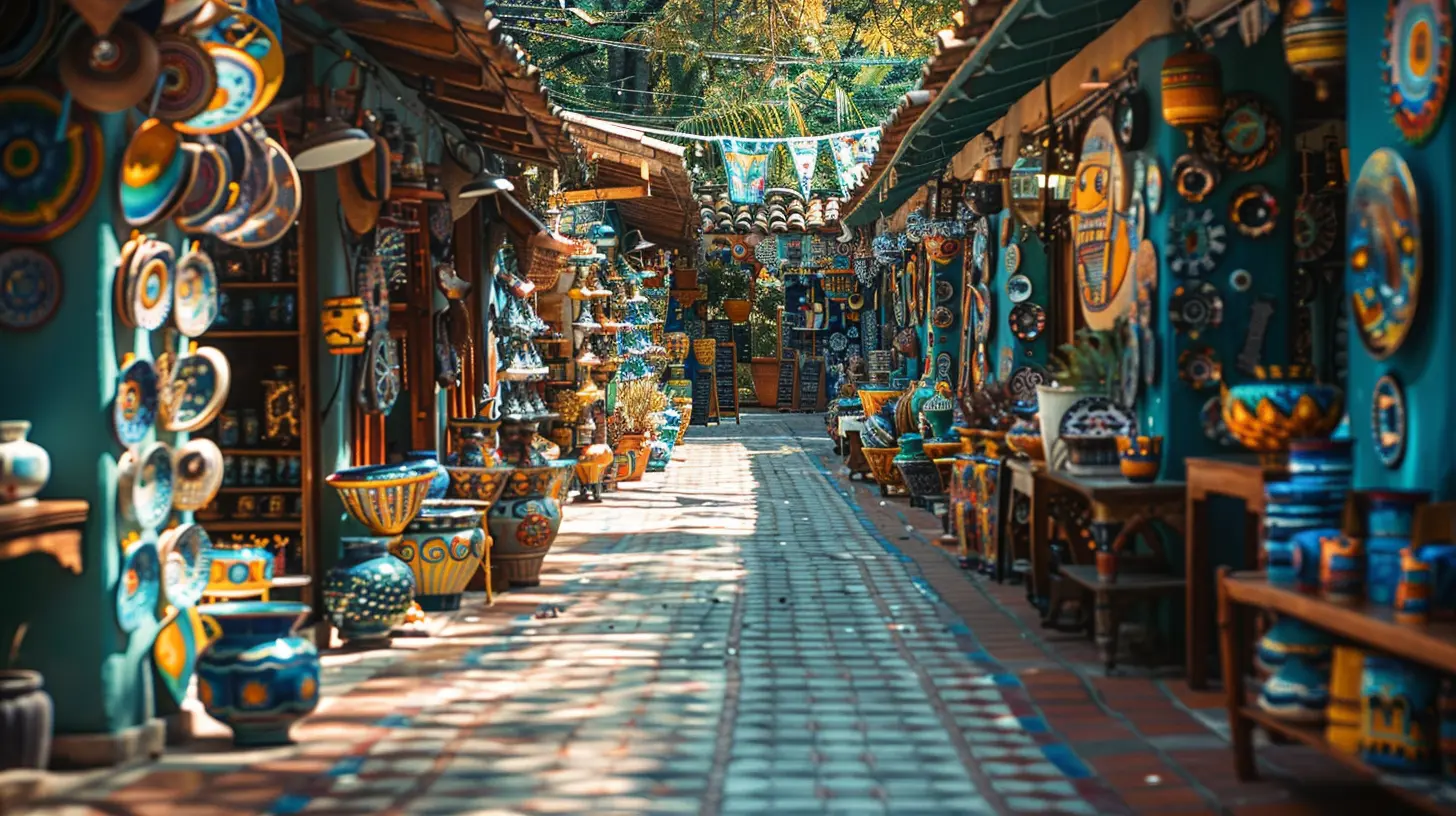13 March 2025
Traveling is one of life’s greatest joys. Exploring historic landmarks, soaking in vibrant cultures, and, let’s not forget, shopping for souvenirs to bring a piece of your adventure back home. But what if I told you that a cute magnet or that handcrafted necklace you bought might have cost you way more than it’s actually worth? Yep, you might’ve fallen for the infamous overpriced souvenir scam. Let's dive deep into the sneaky tricks vendors use to squeeze extra bucks from unsuspecting tourists. Trust me, you'll want to read this before your next trip.
Why Souvenirs Are So Tempting
Let’s be real—souvenirs are irresistible. They’re like little time capsules that let us relive our best travel moments long after the trip is over. From intricately woven scarves in Morocco to colorful Venetian glass in Italy, there’s a tempting trinket for everyone. Vendors know this. They know you’re emotionally attached to these items. After all, you’re not just buying a thing—you’re buying a memory. And they use that sentiment to their advantage. Sneaky, right?
The Psychology Behind the Overpriced Souvenir Scam
Ever wonder why you're willing to shell out $30 for a keychain when you’re on vacation but would scoff at the same price at your local mall? It’s all about psychology. Here's how vendors get into your head:1. The Pressure of the “One-Time Opportunity”
“Oh, this is limited edition!” or “You won’t find this anywhere else!” Sound familiar? Vendors love to create a sense of urgency. They’ll make you feel like if you don’t buy it now, you’re missing out forever. The truth? Most of these so-called “exclusive” items are mass-produced and can be found in nearby shops—or online—for a fraction of the price.2. Guilt-Tripping Tactics
Some vendors play the sympathy card. They’ll tell you a heartfelt story about how this handmade bracelet supports their family or funds their child’s education. While this may sometimes be true, it’s often a tactic used to tug at your heartstrings and justify high prices. Nobody wants to feel like they’re hurting someone by walking away without buying.3. “Authenticity” Claims
“Oh, this is 100% authentic!” If a vendor has to loudly advertise the authenticity of an item, it’s a red flag. They know tourists are drawn to anything labeled “handcrafted” or “locally sourced,” but in many cases, these items are imported from factories miles away.
Common Souvenir Scams Around the World
Before we dive into the tactics, it’s important to know some of the classic overpriced souvenir scams that are notorious worldwide. Recognizing these can save you a fortune.1. Fake Handicrafts
In places like Southeast Asia or Central America, the vibrant markets are filled with what appear to be handmade goods—embroidered scarves, intricate wooden carvings, or hand-painted pottery. But guess what? Many of these items are factory-made knockoffs sold at inflated prices.2. Gemstone Scams
Ever been approached by a vendor offering you “authentic” gemstones or jewelry at unbelievable prices? Well, they’re unbelievable for a reason—they’re rarely real. The “gemstones” are often synthetic or of such low quality that they’re practically worthless.3. Overpriced Local Specialties
In Italy, you’ll see vendors selling bottles of “authentic” olive oil or wine. In Japan, it might be hand-painted fans or kimonos. While these items might look legit, they’re often marked up 5 or 10 times their actual value.4. Knockoff Designer Goods
Markets from Bangkok to Istanbul are famous for counterfeit goods like “designer” handbags and watches. While you might snag a good deal, you’re almost always overpaying for something that’s poorly made and far from authentic.








Emma McBride
This article sheds light on common tactics vendors employ to inflate souvenir prices. Awareness is key to avoiding the overpriced souvenir trap and enhancing your travel experience.
March 29, 2025 at 4:42 PM